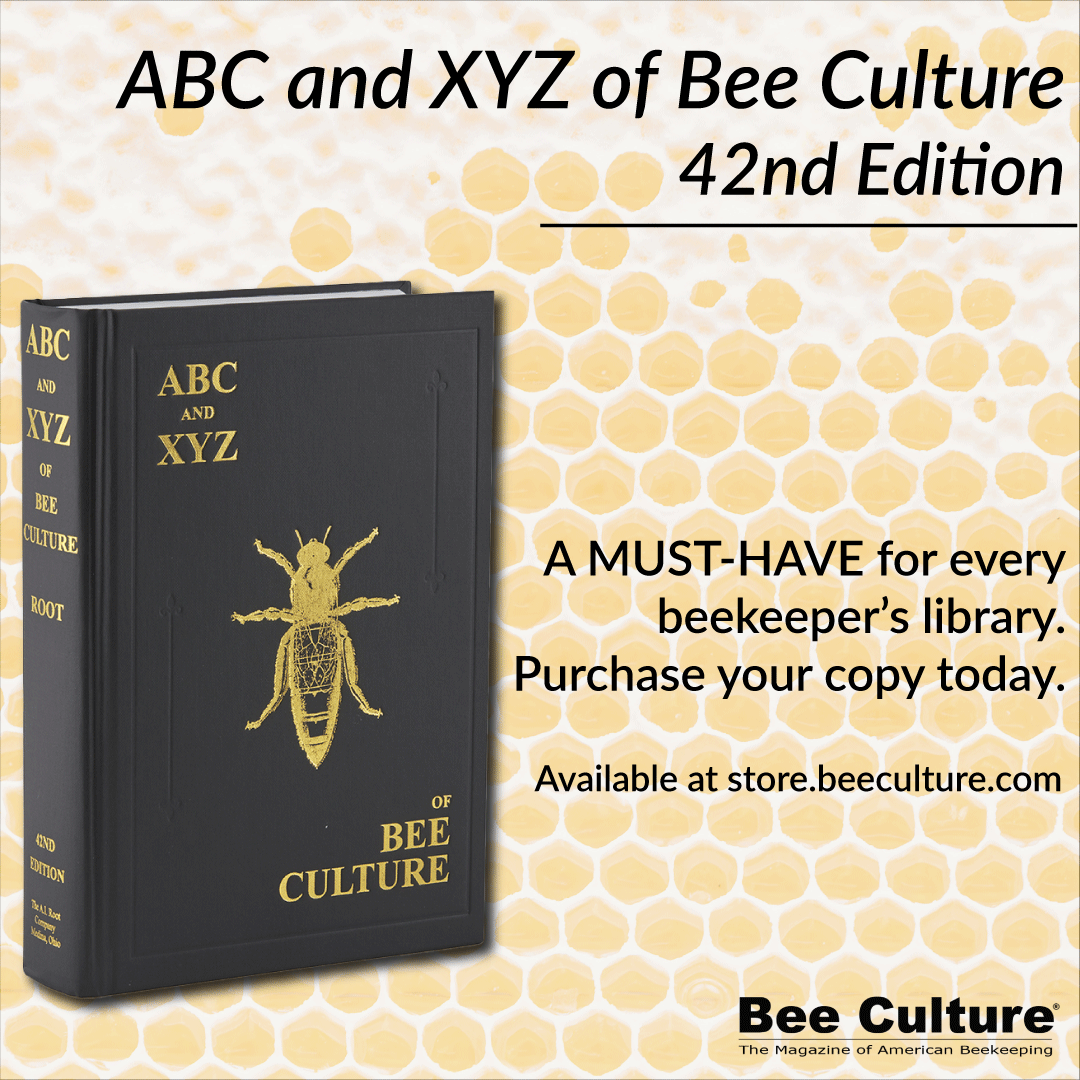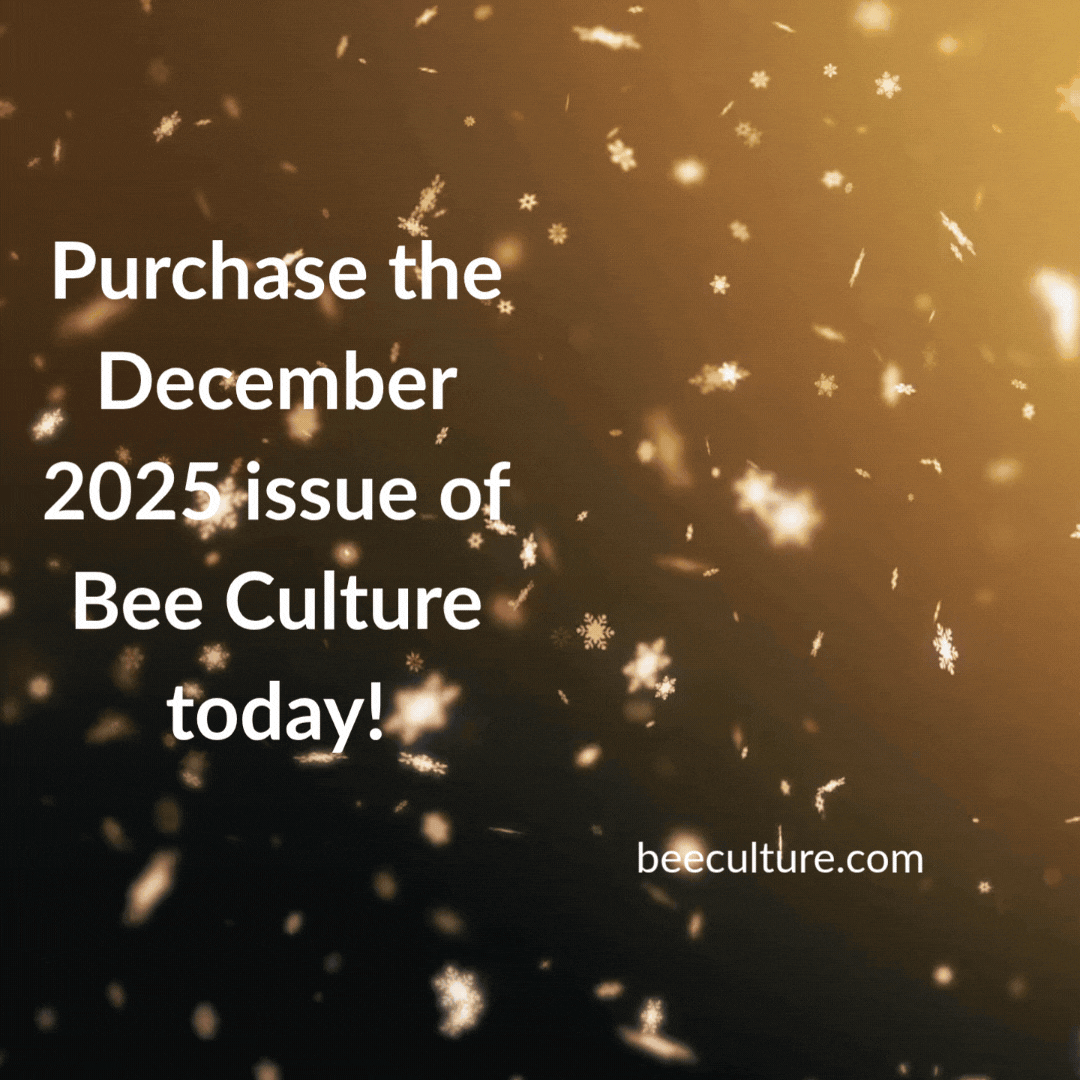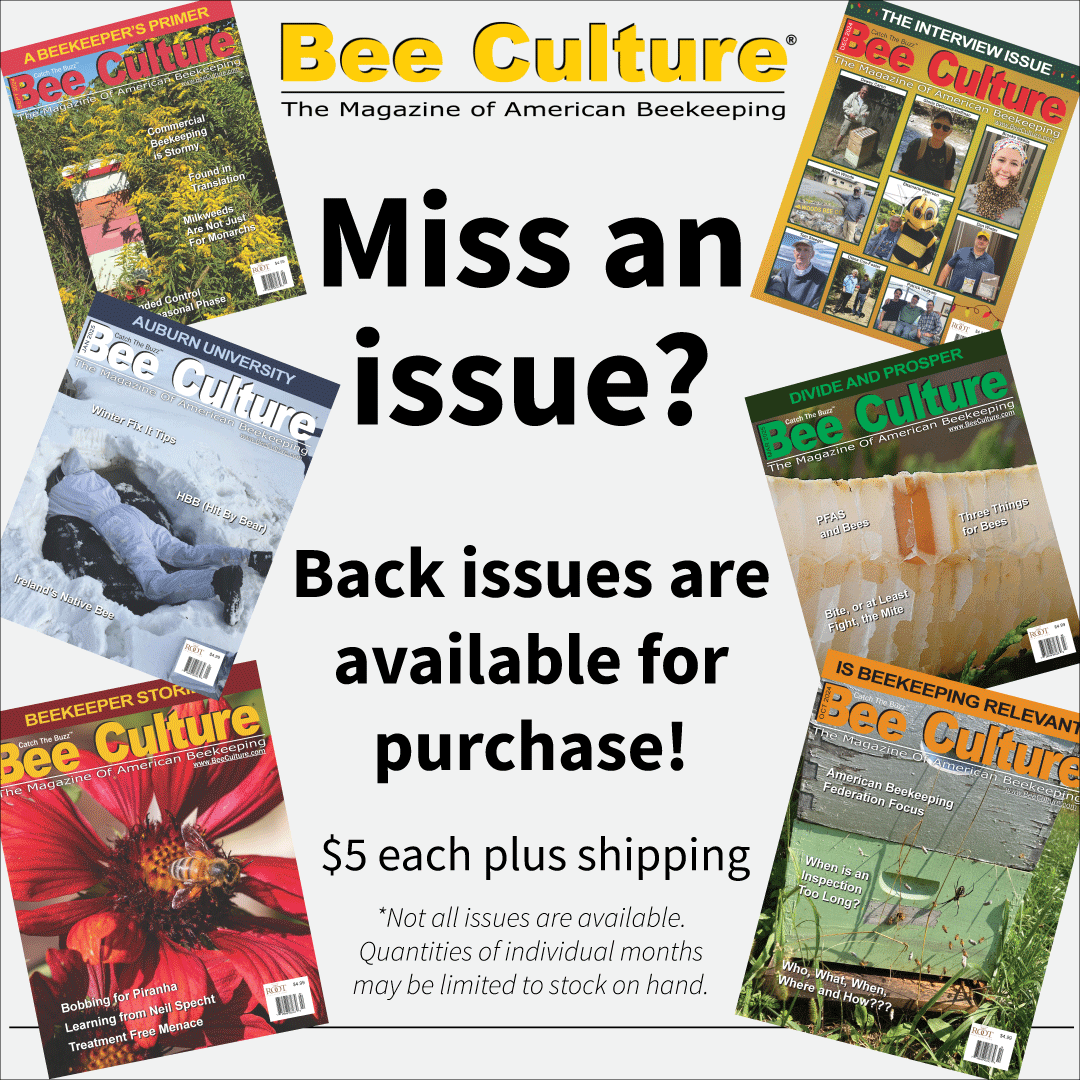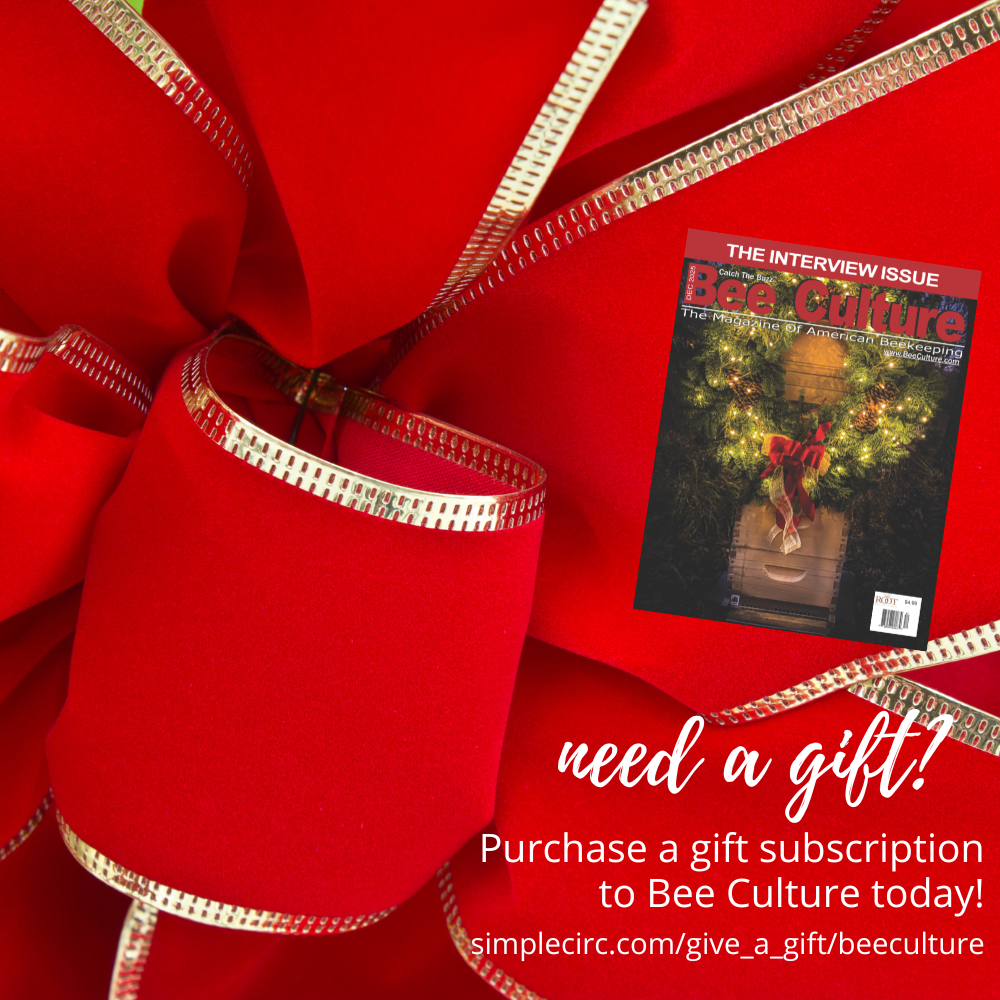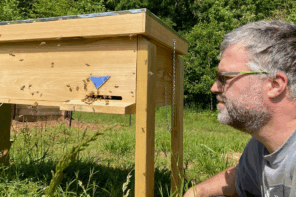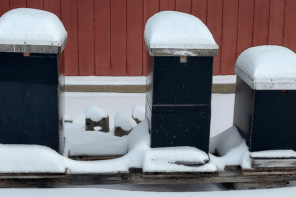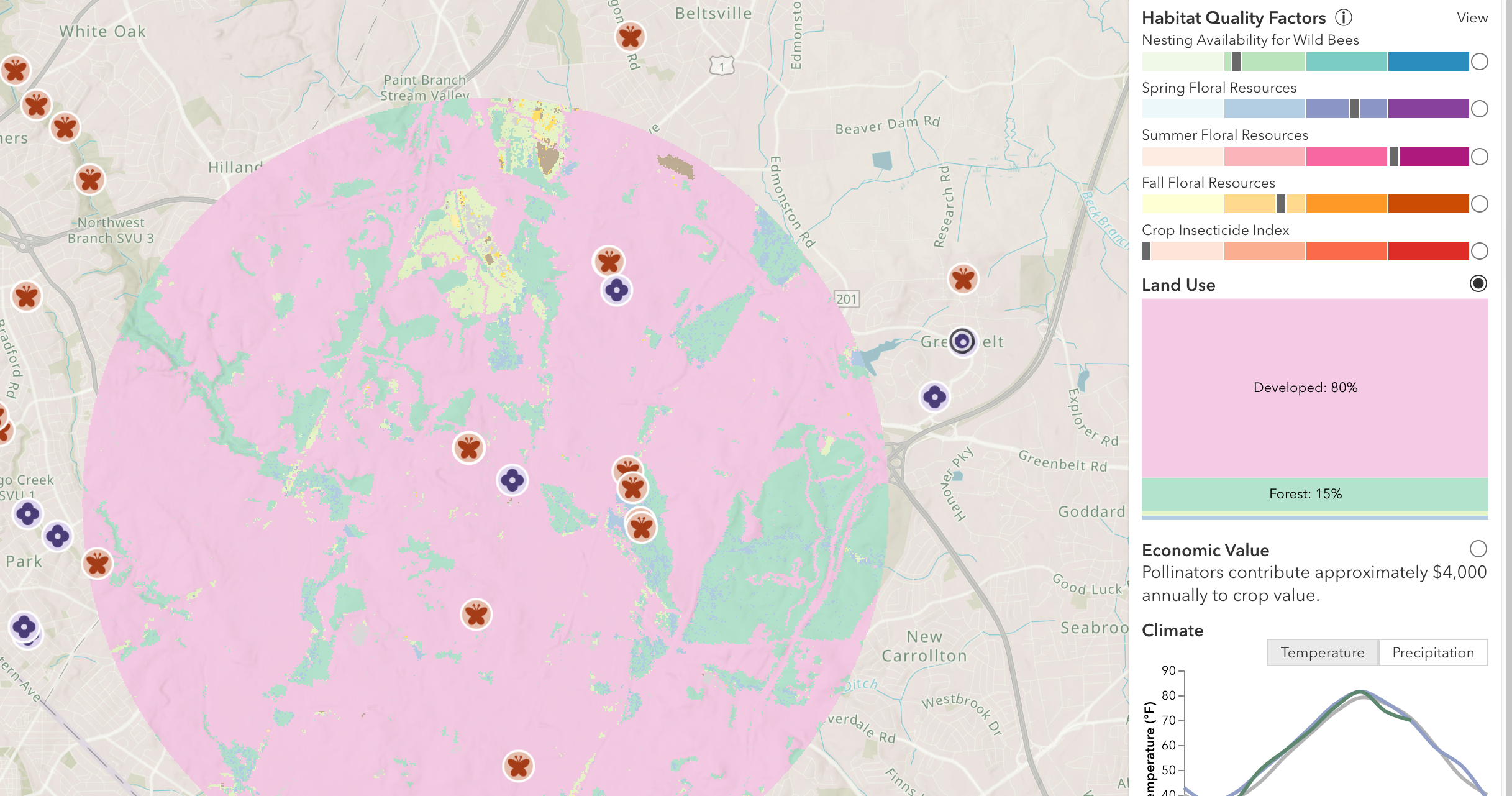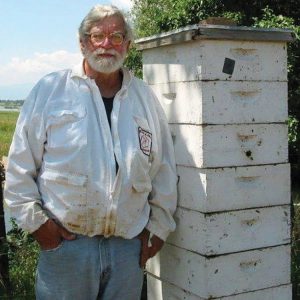
As this issue was going to press, we found out the same day that Tom had passed away. November 10, 2021.
Tom Theobald
Ed Colby
The person who inspired me to start writing about bees 20 years ago was legendary Boulder, Colorado beekeeper Tom Theobald. From 1990 until 2007, he wrote a weekly column for The Fence Post, a regional farm newspaper. His “Notes from the Beeyard” was about bees, sure, but there was more to it than that. It painted a self-portrait of a man I much admired, and still do.
I caught up with Tom recently on Skype.
Ed: How and when did you get started beekeeping?
Tom: I left IBM in June of 1975, not knowing what I was going to do, but I knew I didn’t want to spend the rest of my life working inside. I thought , “Wouldn’t it be interesting to create a colony or two of bees to supplement the garden?” My neighbor said, “You know, Tom, I think I know an old-time beekeeper. I don’t know if he’s still alive.” I said, “Well, see if he is.”
. . .I called Harlan Henderson that evening and asked, “Would you be interested in having some free help in exchange for the experience?” And I worked with Harlan through the harvest in August and September of 1975, and by the end of the harvest, I was in love. I connected with the bees immediately . . . So Harlan called in October and asked, “Would you like to buy half my bees?” I talked that over with Barbara. She was agreeable, so we did. Together we (Harlan and I) had 80 colonies, and in Boulder County, we were big frogs in a small pond.
Ed: You’re known far and wide for your advocacy on pesticides.
Tom: In October of 1975, Linn Peets, who was the Boulder County bee inspector at that time, called a meeting of all the beekeepers he could reach, and the reason was pesticides. They’d had some serious pesticide kills. If you were a beekeeper in Boulder County and you weren’t interested in pesticides, you weren’t a beekeeper for long…Linn Peets and I were directed by the Boulder County Beekeepers Association to meet with the county agent and the applicators to see if we could come to some agreeable solution to the pesticide problems, instead of constant warfare . . . which we did. We organized an advisory program where the applicators were called the night before they were going to spray within a mile of a bee yard, and we supplied them with a map locating all the county bee yards. That was the beginning of it all . . . I was the president of the Boulder County Beekeepers for 30 years.
Ed: Am I dreaming, or did you and Lyle (Johnston) once take a trip together to Washington DC to lobby on (encapsulated methyl parathion) Penncap M?
That’s one of those folklore stories . . . I was the vice-president of the state beekeepers, and I had gotten wind of some shenanigans at the Colorado Department of Agriculture. They were going to do something – I don’t remember the details . . . and they hadn’t said a thing to the beekeepers . . . I called Lyle . . .and I called Paul Hendricks . . . so the two of them showed up unannounced at the beginning of this meeting, to the embarrassment of the Colorado Department of Agriculture, and Lyle and Paul proceeded to rip them a new one.
Ed: You have strong opinions about neonicotinoid pesticides and their effect on pollinators.
Tom: (Paraphrasing Dutch toxicologist Henk Tennekes) There is no safe dose. It has half-lives of years . . . you can take the smallest possible dose, introduce it into the environment, give it sufficient time, and it will have the same effect as an acute dose, which is death.
For the past 25 years, we’ve been putting these neonicotinoids into the environment at phenomenal rates, and we’re about to see the consequences. Forty percent of the insect population is in decline. We’ve seen recently the decline in the bumblebee population in most states . . . the monarch butterflies are about to disappear . . . and Henk warned us about this 25 years ago.
Ed: You pretty much wrote the book on two-queen honey production. How’d that happen?
Tom: I got 40 colonies that first October (1975) and some packages the following spring. By the end of my first year, I was up to about 100 colonies, with swarms and everything . . . I peaked at about 200, but then I began double-queening – to bring the numbers down but keep the production up . . . my goal was to be a local beekeeper and have a business that was based upon honey production. I realized 200 was far more colonies than I wanted deal with. I began double-queening fairly early on and was a two-queen beekeeper from then on . . . around here (with single-queen colonies) you could expect, average year, average beekeeper, about a 75-pound surplus. With a two-queen system, I could expect (from a good colony) a surplus of about 240 pounds.
Ed: All right, old friend. What a great conversation we’ve had!
Tom: You and I should talk more often, Ed.
You can get more information about Tom’s two-queen hive system at www.beekeepingtodaypodcast.com/two-queen-honey-production-with-tom-theobald. Listen to Tom’s homespun stories about his life with bees (a new one every Friday!) at notesfromthebeeyard.buzz. Treat yourself, but I’m warning you – you might get hooked! These are really good.




